England’s loss in the first ODI was the latest by-product of England’s approach to playing this format of the game. All-out attack needs to be persisted with, Morgan reasoned, even in the face of reason. This approach almost took them out of World Cup contention in the group stage. But they ended up winning the tournament playing with the same approach anyway. Morgan’s men must be on to something.
But there is one qualm to be had with him, which he cannot truly do anything about at the moment. Ben Stokes is going to bat at No3 in this series. He didn’t have too much success from that position in the first match of the series against the world’s second-best one-day team. And maybe he’ll fare better when he gets a couple more goes from that position.
However, as controversial as Joe Root’s position in the T20 team has proven, there’s no denying that the No3 spot belongs to him in the longer short format of the game. One-day cricket allows teams to explore the vagaries of the game to a much better extent compared to twenty-over knockouts where the first blow often turns out to be the most decisive one.
Ben Stokes is a good anchor. He’s scaled back his attacking instincts in Test cricket. The same is reflected in the way he plays against the white ball. All-out attack might be the ethos of the world champions, but the player who won it for them realises the importance of – and constrains himself within – the template of giving oneself a few deliveries to settle down before beginning the aforementioned attack.
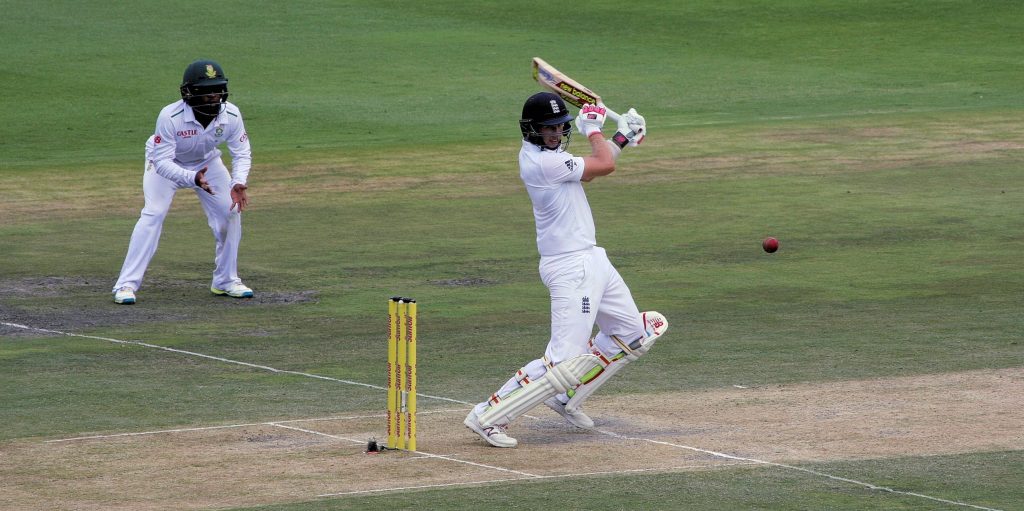
England has the world’s most prodigious opening pair in ODIs. Jonny Bairstow and Jason Roy can smack the opposition out of the game before they’ve even had the chance to warm the soles of their shoes. Their results over the years prove that this isn’t a fat-headed or disrespectful way of batting – it’s just a brilliant one.
But boy do England miss Joe Root when they’ve come and gone with their devil-may-care approach. The Test captain has refined his game to be more compatible with Morgan’s vision for the team. His strike rate of 86.91 reflects this approach. He isn’t the team’s fastest player by many miles, but he’s fast enough to not get left behind in this line-up (unlike, arguably, his batting for the T20 team).
Root’s superb average of 50.10 reinforces his importance to England’s ODI side. He’s a reliable player. And he’s the kind of No3 who will do the job without making too much of a fuss about the less glamorous role he’s been given.
Joe remains one of the most technically developed batters in the world. It goes a long way when you can face a moving ball, or even a spinning one, without succumbing to the ‘straight one’ on pitches which honestly aren’t doing much. The English team is prone to collapse more often than a ten-year-old’s clumsily built house of cards. And while Root doesn’t score runs every time, the first ODI made me think – would England have crumbled to abjectly had Root been playing?
Root’s technique isn’t infallible. But neither is he an expendable member of the line-up. He’s earned a well-deserved rest after the Test series, and is back home discovering the finer points of life. But hopefully, these ODIs will make Morgan realise there’s room for Root in all forms of the game, especially if the pitches are slow and turning. England may well need some stickability to anchor the innings as well as an excess of firepower.
Although Joe won’t change a match on his own in this New Age of Batting, he can certainly save many of them and keep England in contention. He’s in some epic happy-go-lucky bowling form as well. The next T20 World Cup is going to be played in India, where most surfaces are expected to favour slow bowling and smart batting. Therefore, surely he’s worth his place in the squad as a floater who can be utilised when appropriate?
It all depends on Morgan. He can brush off embarrassing displays with exquisite managementspeak, and he can de-select arguably the world’s best T20 opener from the national side all on his own. However, there’s still time for him to recognise the underrated utility of Joe Root.
Abhijato Sensarma

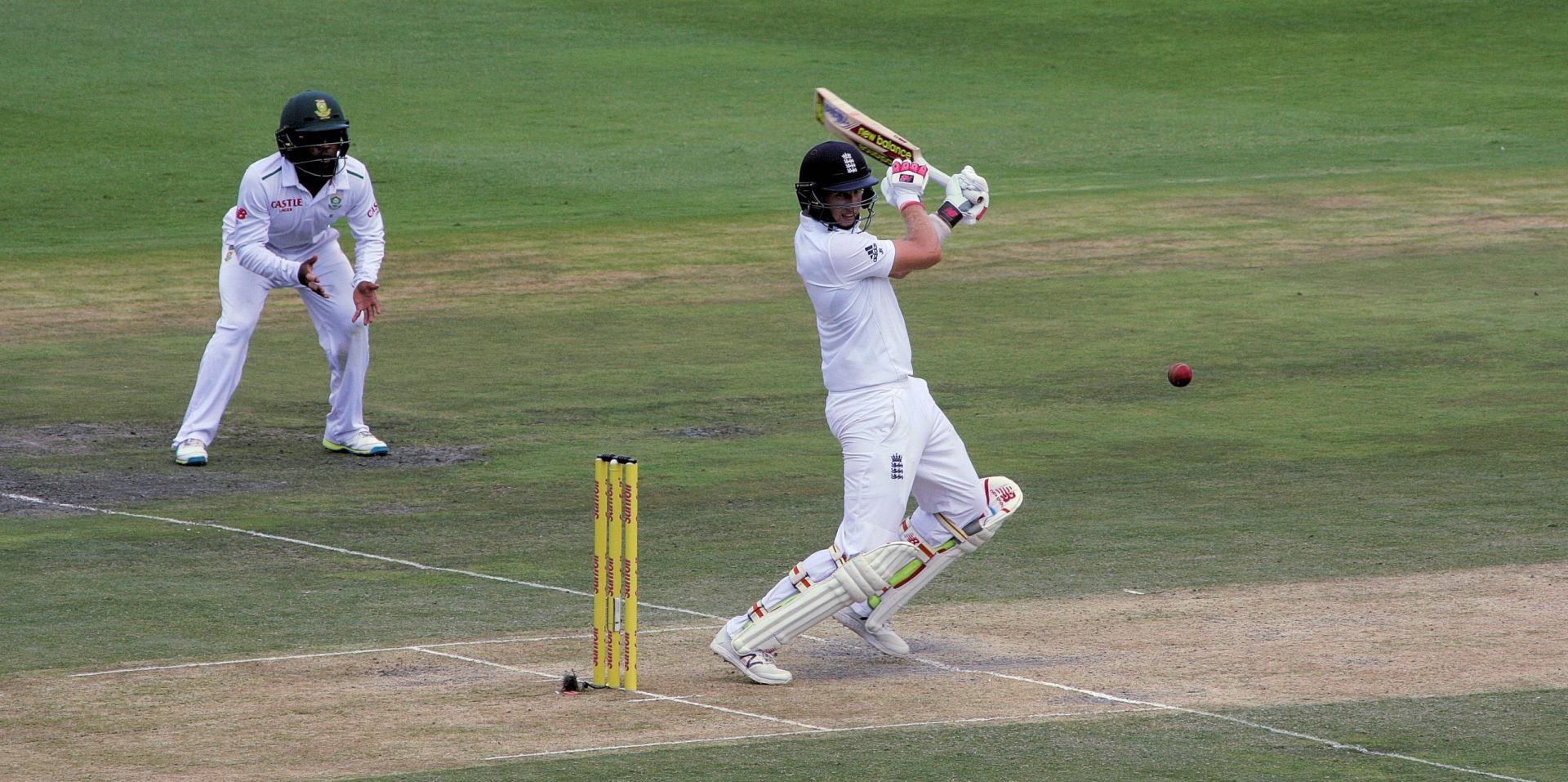

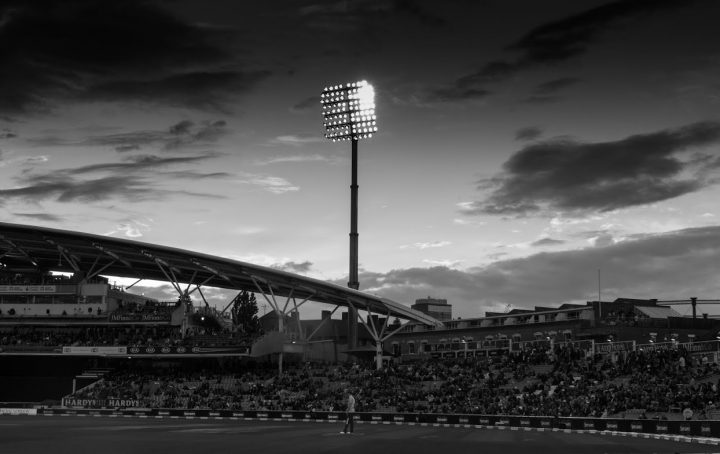
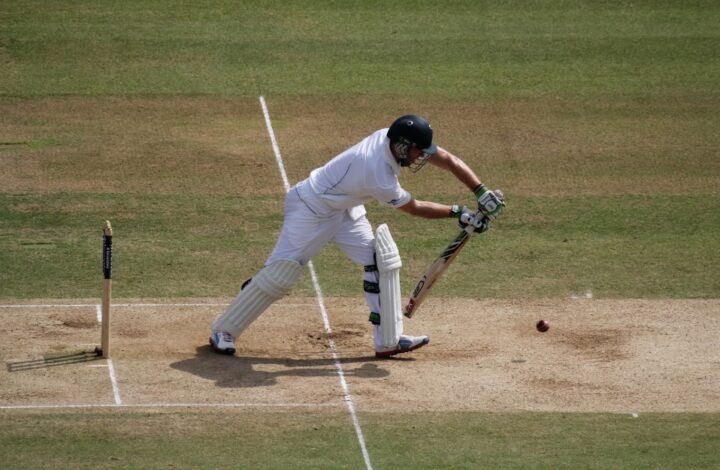
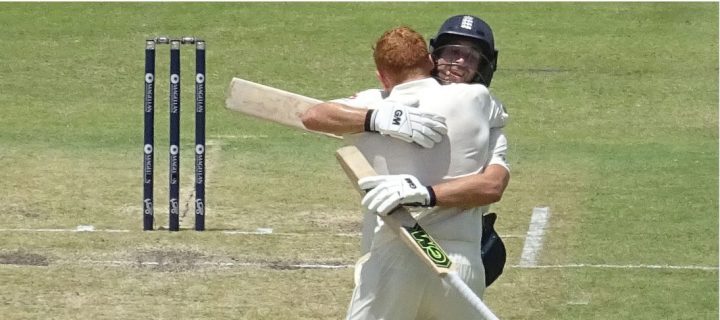


Morgan has openly admitted that the absence of Root is a significant loss to our ODI batting. Indeed he put it in the same breath as the loss of Archer, so I don’t think there’s anything to worry about on that front going forward. Morgan’s not responsible for the rotation system we’re using. I don’t think there’s any doubt under normal conditions Root would be a fixture ahead of Billings.
But not in the T20 team. I thought the thrust of the argument was about whether Root belongs in all formats, including the T20 World Cup squad.
I’m very much aware of Michael Vaughan’s (who’s been there and done it) comments to the effect that, given media pressures, the tenure of the England Test captain is finite. How much more difficult for Root to then play in all formats, although his talent (and record) says that he should.
The problem with Root in 20-20 is that you need to be comfortable hitting over the top and that’s not his game. There are plenty more effective hitters for us to choose from. Leave him in the ODI’s where he can build an innings, much more his game. Accumulators like Root are not going to find it easy keeping the score at 9 or 10 an over, the sort of rate required to win at 20-20. All the great 20-20 batsman are pretty brutal.
Me too, although I felt it was a little buried.
I can’t see at all why Billings is thought of as a better reserve batsman for the T20 squad. I could understand Root being left out for Livingstone (ave+SR figure several runs higher, bowls two kinds of spin, a few years younger, overall similar skillsets) or Hales, but not for anyone else, particularly in India. The difference between their respective T20 records, both internationally and generally, is laughable when you consider that Billings seems to be more highly thought of by England: his SR is a little higher but Root’s average is around 50% higher generally and–crucially–over double in internationals.
We should defer judgment until the Covid situation is under control. Selection decisions have been made for player-welfare reasons, rather than for the purpose of winning any particular match or, indeed, series. They have kept the game ticking over, very much for our enjoyment.
Root, for me, is an obvious selection in all forms, and even more so in India. I don’t quite see where Malan fits in. I thought he was very good in the last away Ashes, but they dumped him (the previous management). Now he emerges as a top T20 player, a form he seems less suited to than most of the guys out there. On the other hand, Livingstone offers so much. He is up there with Bairstow, Roy, Buttler, etc, for power and invention, his versatile bowling and wonderful fielding add to his value. Is he actually good enough? Only time will tell, and only then if he is selected. Billings? I don’t know. And look how well Vince did in the Big Bash.
Beneath this group of players is a bunch of youngsters, like Lammonby, who lit up the 2020 season with one innings. I presume their time will come only after the T20 World Cup. We seem to have a surfeit of batting talent for white ball stuff. “What’s the best combination?” is the challenge. As for red ball, the Tests, we’ve got Root and Stokes and fingers crossed.
You only have to list those tried and discarded: Robson, Lyth, Stoneman, Duckett, Vince, Malan, Hameed, Jennings. Westley, Ballance…and probably a whole load more. Are Burns, Sibley, Crawley, Lawrence, Pope any better? Include Buttler and Bairstow in that, even, though they do have X-factor charisma. New Zealand seems to produce more really good players (batsmen specifically in this context) than we do.